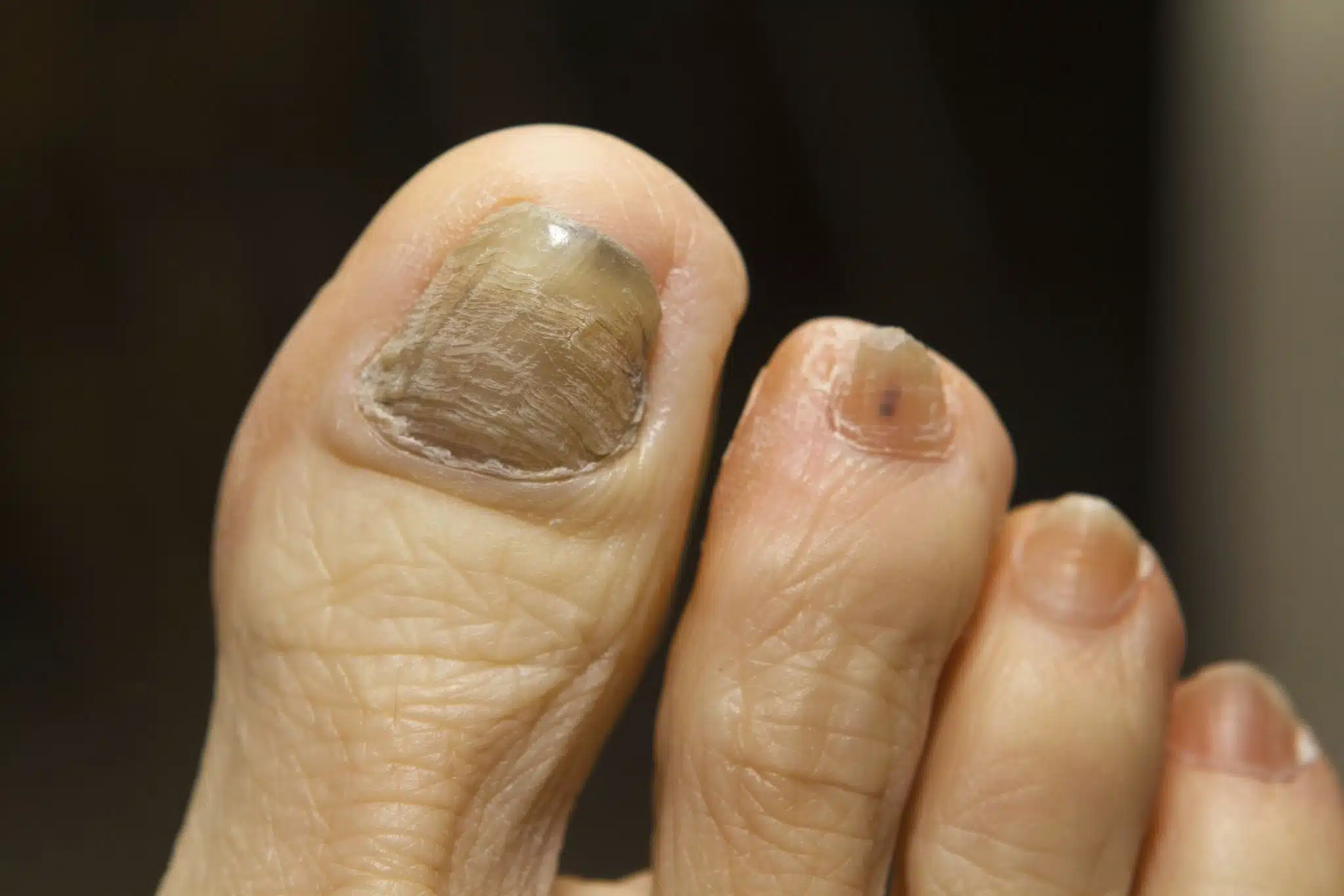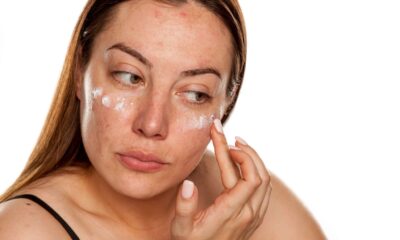HEALTH
Understanding Subungual Melanoma – A Comprehensive Guide
Subungual melanoma is a form of skin cancer that affects the underside of the nails. Despite being a rare kind of skin cancer, it is essential to understand the signs and potential therapies. In this detailed guide, we will explore the causes, symptoms, diagnosis, and treatment options for subungual melanoma.
What is Subungual Melanoma?
Subungual melanoma is a form of skin cancer that originates in the pigment-producing cells of the skin (melanocytes). This type of skin cancer typically affects the nails, specifically under the nails, and if left untreated, it can spread to other parts of the body.
What Causes Subungual Melanoma?
Unknown is the specific etiology of subungual melanoma, however, various risk factors can enhance a person’s likelihood of having this form of skin cancer. Among these risk factors are the following:
• A history of skin cancer in the family • Exposure to UV radiation from the sun or tanning beds • A history of sunburns • Weakened immunity • A history of numerous moles or dysplastic nevi
Who is at Risk for Subungual Melanoma?
Subungual melanoma is more likely to occur in individuals with darker skin tones, a history of sun exposure, and a family history of skin cancer. In addition, persons with compromised immune systems, such as those receiving chemotherapy or those infected with HIV, are at a greater risk.
What are the Symptoms of Subungual Melanoma?
Subungual melanoma can be difficult to diagnose since its symptoms are frequently confused with those of other disorders. Nonetheless, typical symptoms include:
• A dark or black line beneath the nail • A change in the nail’s shape or color • A bloody or putrid-smelling discharge beneath the nail • Pain or discomfort in the affected nail
Consult a physician for a correct diagnosis and treatment if you suffer any of the above symptoms.
Is Subungual Melanoma Painful?
In some circumstances, subungual melanoma can be uncomfortable. Symptoms of the illness include pain or sensitivity in the affected nail. In some instances, however, subungual melanoma may not be painful.
How is Subungual Melanoma Diagnosed?
Subungual melanoma can be difficult to diagnose since its symptoms are frequently confused with those of other disorders. Typically, a doctor will do a biopsy on the damaged nail to identify whether it is subungual melanoma or another issue. A biopsy is a straightforward operation in which a small tissue sample is extracted and inspected under a microscope.
What is the Prognosis for Subungual Melanoma?
The prognosis for subungual melanoma can vary based on a number of factors, such as cancer’s stage, the size of the afflicted area, and the patient’s general health. In general, early detection and treatment of subungual melanoma can significantly improve the prognosis.
How Long Does it Take for Subungual Melanoma to Develop?
Variable times are required for subungual melanoma to develop. In some instances, it may grow within a few months, and in others, it may take several years. The time it takes for subungual melanoma to develop depends on a number of variables, including the individual’s general health, the size and location of the affected area, and the kind of melanoma.
Treatment Options for Subungual Melanoma
The treatment choices for subungual melanoma rely on a number of variables, including cancer’s stage and location. Typical therapeutic options include:
The most common treatment option for subungual melanoma is surgery. To guarantee that all cancer cells are eliminated, the afflicted nail and surrounding tissue will be excised.
• Radiation Therapy: This treatment destroys cancer cells using high-energy radiation beams. This may be indicated for patients who are ineligible for surgery or who have recurring subungual melanoma.
• Chemotherapy: This treatment destroys cancer cells using medicines. Individuals with advanced subungual melanoma or those who have not responded to prior treatments may be recommended this.
• Immunotherapy: This treatment modifies the immune system to combat cancer. This may be advised for those with advanced subungual melanoma.
Prevention and Management of Subungual Melanoma
You can reduce your risk of developing subungual melanoma by taking the following measures: • Limiting exposure to UV radiation from the sun or tanning beds • Wearing protective clothing and using sunscreen with a high SPF • Regularly inspecting your nails for changes in shape and color • Consulting a physician if you experience symptoms of subungual melanomas
How is Subungual Melanoma Different from Other Types of Melanoma?
Subungual melanoma is distinct from other types of melanoma in that it affects the toenails and fingernails, as opposed to the skin. In addition to being more difficult to diagnose than other varieties of melanoma, subungual melanoma frequently does not produce apparent symptoms until cancer has advanced.
Can Subungual Melanoma Recur After Treatment?
After therapy, subungual melanoma might return. In some circumstances, even after the original cancer has been totally eliminated, cancer may return following therapy. Continue to examine your nails and skin for any changes, and see your doctor or healthcare provider often for follow-up care and monitoring.
Can Subungual Melanoma Spread to Other Parts of the Body?
Yes, subungual melanoma can metastasize to other organs. If the cancer is not detected and treated promptly, it can spread to the lymph nodes and other organs and tissues, including the liver, lungs, and bones.
Conclusion
Subungual melanoma is a rare but dangerous kind of nail-based skin cancer. Understanding the condition’s symptoms, risk factors, and therapies will help you diagnose and manage it more effectively if it happens. If you have any worries or symptoms connected to subungual melanoma, it is essential to consult a doctor or other healthcare professional. Subungual melanoma prognosis and results are significantly enhanced by early detection and treatment.



















